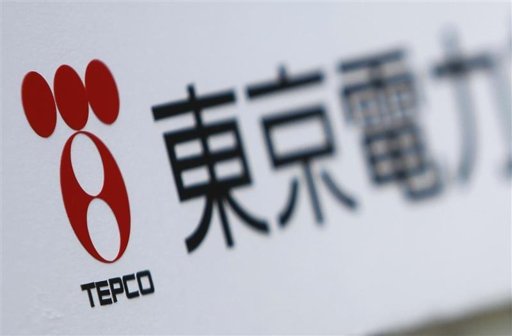Tepco Faces 132 Olympic Pools Worth of Radioactive Water

Tokyo Electric Power Co. has accumulated the largest pool of radioactive water in the history of nuclear accidents. The utility must now decide what to do with it: dump in the ocean, evaporate into the air, or both.
The more than 330,000 metric tons of water with varying levels of toxicity is stored in pits, basements and hundreds of tanks at the wrecked Fukushima nuclear plant. The government said this week it will take a bigger role in staunching the toxic outflow that’s grown to 40 times the volume accumulated in the atomic disaster at Three Mile Island in the U.S.
Processing and disposing of the water, enough to fill a very large crude oil tanker or 132 Olympic-size swimming pools, will be one of the most challenging engineering tasks of our generation, former nuclear engineer Michael Friedlander said. Tokyo Electric has chopped down forest to add more water tanks at the site 220 kilometers (137 miles) northeast of Tokyo.
The steel storage tanks are vulnerable to spills due to earthquakes as well as leaks, representing “a very clear and present danger to the plant site and to the people working there,” said Friedlander, who spent 13 years operating U.S. nuclear plants, including the Crystal River Station in Florida.
“There are really only a few ways you can get rid of it,” Friedlander said. “You put it in the ocean or it’s going to have to be evaporated. It’s a political hotspot, but at some point you cannot just continue collecting this water.”
Deciding on a disposal method is increasingly urgent after a series of leaks, including one last week labeled by Japan’s safety regulator as the most “severe incident” since the site was disabled by the 2011 earthquake and tsunami.
Tepco has 300 tons of water flowing into the reactors each day for cooling, while another 400 tons of groundwater from hills behind the plant is seeping into basements and mixing with contaminated run-off. Tepco is then pumping hundreds of tons out of the basements each day to store in tanks to await treatment to extract cesium and strontium via two filter systems. After sufficient processing, the water gets classified as low-level contaminant for disposal.
Tepco said this week that the second of the two filter systems failed this month and it won’t be fixed until next month. A leak of at least 300 tons from one of the 1,000-ton storage tanks last week prompted the Nuclear Regulation Authority to warn that more may be prone to similar spills. The watchdog also criticized Tepco for management of the tanks.
“This is becoming rapidly an international issue, so I think there is some pressure from countries in the region, including China Korea and others,” said Tom O’Sullivan, founder of Tokyo-based energy consultant Mathyos.
Japan’s nuclear industry used the tank storage method even before the Fukushima accident and it has been shown to be ineffective from a safety standpoint, Joonhong Ahn, a professor in the nuclear engineering department at the University of California, Berkeley, said.
“The process toward solution is not simple,” yet someone in charge must make the decision to release water with a low level of contamination, Ahn said. “The remedies taken by Tepco have been very incomplete and took too long.”
Tepco has yet to decide how to dispose of the contaminated water, spokeswoman Mayumi Yoshida said. Tepco will need approval from the government, local residents and fishermen before it can act. The company said last week it would seek help from abroad to manage the water issue.
Tepco’s top priority is to stop the flow of groundwater, said Ahn. Gavin Fielding, a hydrogeologist based in Canada with experience working on environmental project cleanups for the U.S. army, agrees.
“This is a critical step because it reduces the volumes of contaminated groundwater to be managed onsite,” Fielding said by e-mail. “It also allows work to take place on non-contaminated areas, which increases worker safety and cuts cost dramatically.”
Reducing the groundwater flow will allow the company to focus on cleaning out cesium and strontium radionuclides from the stored high-level contaminated water, Berkeley’s Ahn said.






